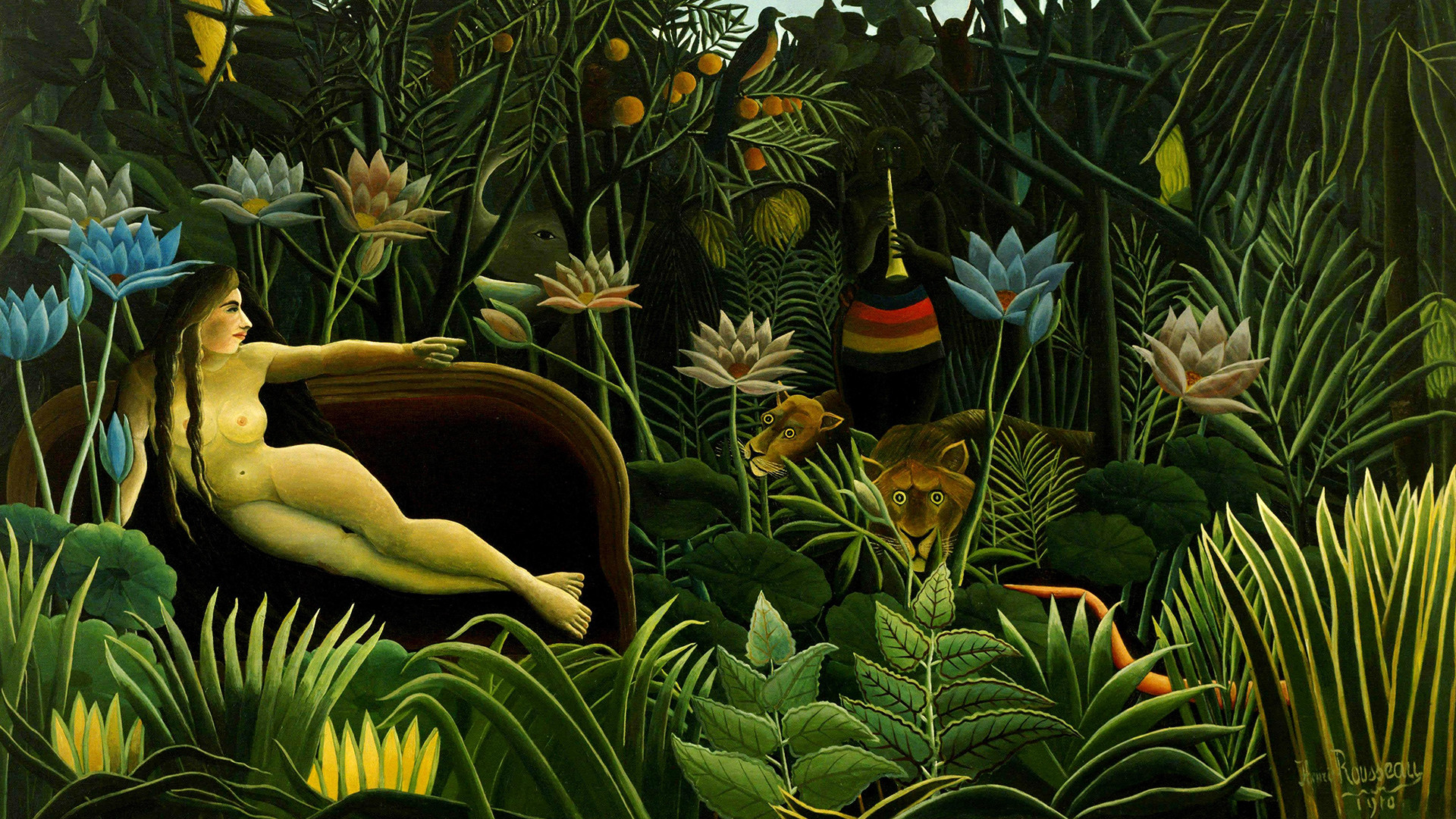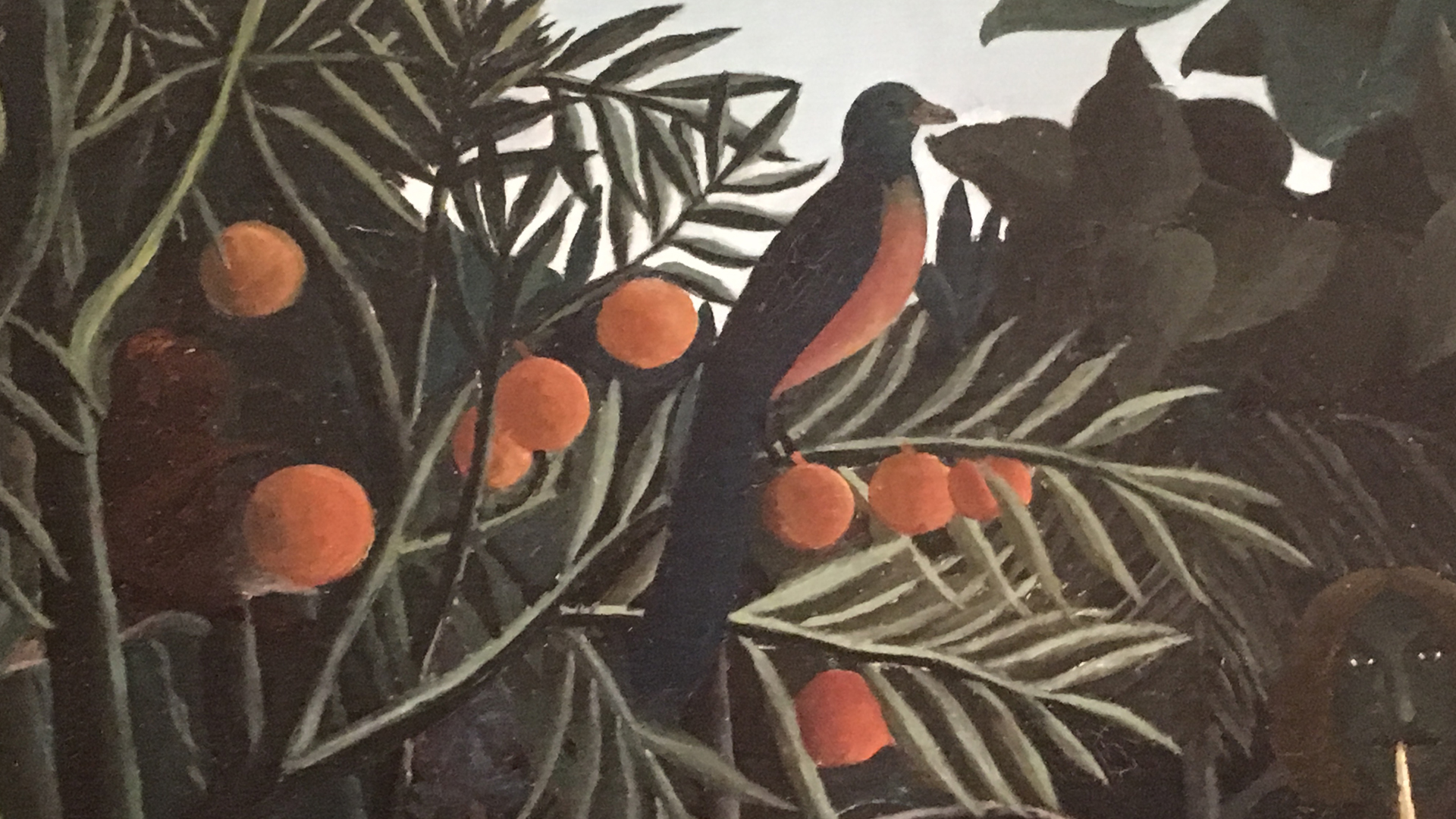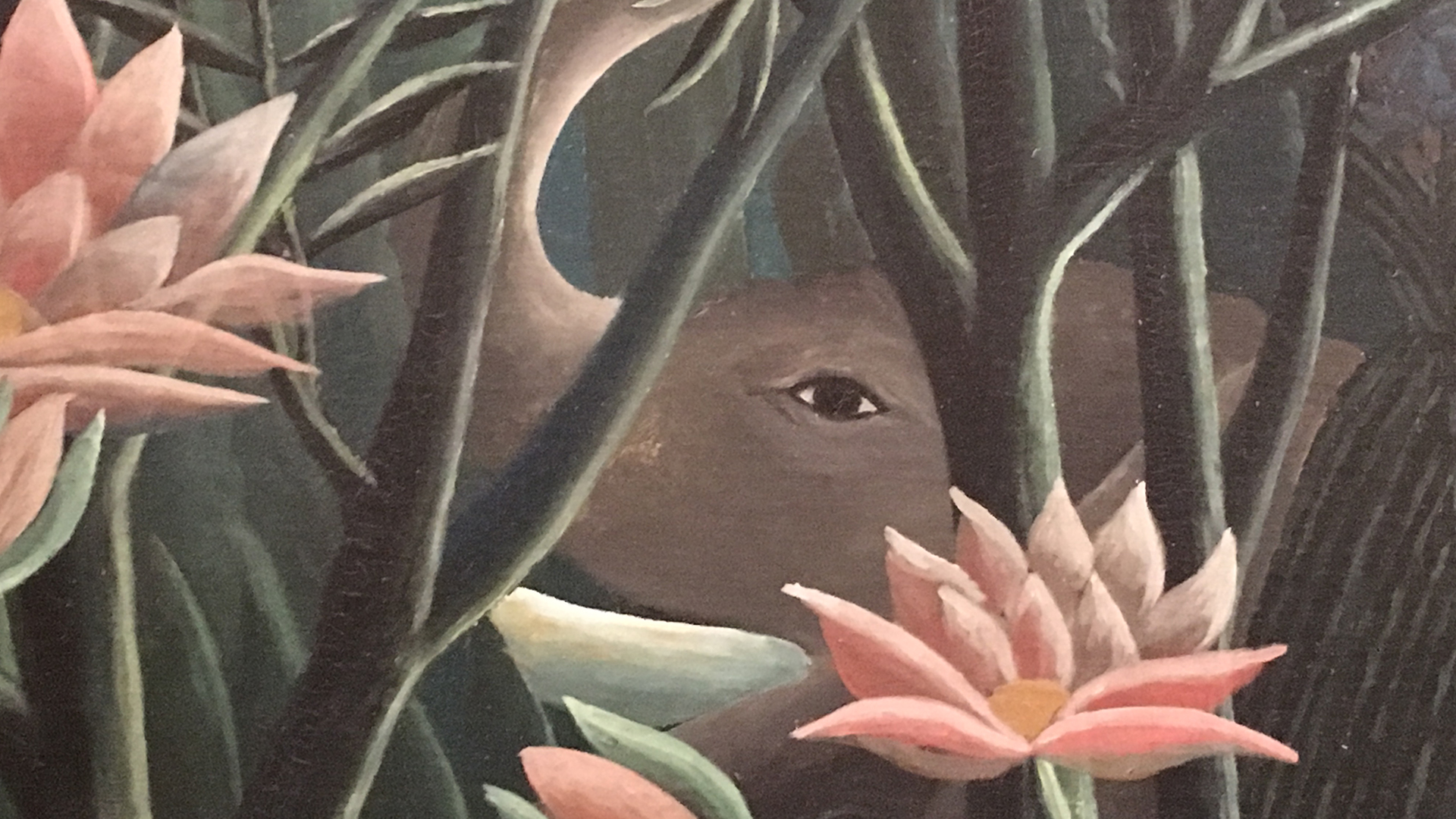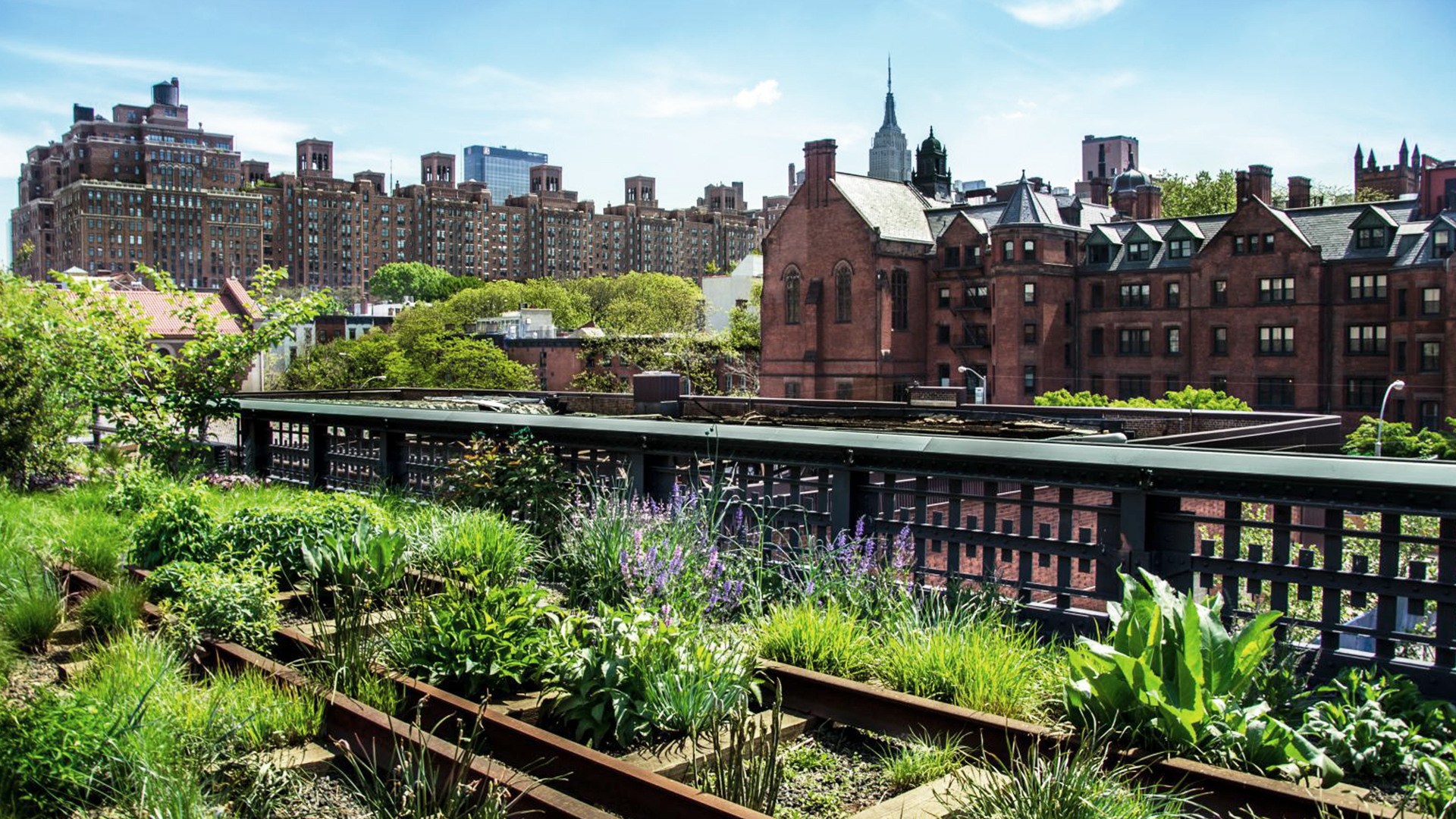Written by Massimo Gianquitto
“I don’t know if you’re like me, but when I enter into those greenhouses and see those exotic plants, it feels like being in a dream”, Henri Rousseau
Henri Rousseau was a noteworthy artist, capable of depicting elaborate scenes of wild nature through his well-known artworks. He painted vast landscapes of lush, tangled forests full of exotic beasts, dreamy women and mystical enchantresses. Ridiculed by some and praised by others, he soon became known as a distinguished adventurer who rejoiced in the delights of these distant tranquil lands and survived the harsh terrors of the untamed jungle. Alas, this new legend wasn’t quite the adventurer he made himself out to be, but rather an artist skilled in the use of his ‘mind’s eye’. In reality Rousseau had never actually left the comforts of his home town, Paris, instead using his creativity and imagination to paint these grand scenes after visiting the local zoos and various gardens as well as flipping through pages of books depicting these wild beasts and alluring flora. He had a knack for detail, and by combining his lively spirit and exceptional skills of observation, he managed to create an intimate connection between the canvas and its viewer.
Conversely to the aforementioned artist was another, Gauguin, who became the adventurer Rousseau dreamed of being. In an effort to find a deceptive paradise that had surrendered its humanity, Gauguin had “casted off, abandoning frenetic city life in search of uncontaminated, forgotten places lead by the delusion of finding clarity in nature (…) where living means singing and loving (…) ”. He ventured to faraway lands such as French Polynesia, and lived far ‘off the grid’ during his search to depict beauty in the lost and forgotten. The juxtaposition between these two artists goes to show how similar effects can be achieved through vastly different means. However, the poetry expressed through Rousseau’s art is timeless, captured moments of imagination depicting his fascination and curiosity of these distant lands; this is what defined his work and made it so unique. He lived with a clear understanding of his role; a pure and discrete attitude, that fooled those that called him a “Naif”. With his sobriety and the demonstration that facts are more powerful than theories, he conquered the audience of his time and the current one.
I often wonder about how to connect this artistic case study with the ordinary life and how Art is capable to influence our way of seeing and perceiving things. Rousseau represented the call of nature in his artworks, an instinct evident in all of the historical epics. Living in contact with nature is a strong trend which is spreading across the globe thanks to Millennials and Gen Z, two generations that refuses conventions and aspire to reach the perfect balance between their work and private lives. Furthermore, Biophilic Design, a new and innovative way to design workplaces, is having its moment. The connection between humans and nature is a biological fact, and nowadays people who live in big crowded cities, need to be in contact with real natural elements when living inside buildings and inner spaces. At the same time, natural light plays an important role when talking about the Circadian rhythm, a phenomenon responsible for the alternance of dark and light. Even if our lifestyle allows us to be active since late hours thanks to the use of artificial and cold lights, our body needs to connect with the natural rhythm of light. All we need is to synchronize with it in a 24hour cycle thanks to artificial light systems coherent with the external one.
Green is also foundamental, as we can see from many examples of indoor environments filled with plants with the aim of creating acoustic insulation and wellbeing, breaking the boundaries between inside and outside. I have been captured about the words of Liz Diller, partner of one of the most visionary Architecture Studios (Diller Scofidio + Renfro). For her, Architecture is like a theatre show, a sort of special effect, that’s why her studio tries to increase the understanding of the space in which people live every day. Her approach aims to open the sense and give a critical eye on the word for stimulating reactions and emotional sensations. The final goal is to go beyond the “style”, and shape social experiences and processes. Her manifesto for a new Architecture is evident from the High Line project in New York city, in which an abandoned elevated tram line has been transformed in a green path surrounded by skyscrapers. Stefano Boeri applied the same philosophy for the awarded Bosco Verticale building in Milano and is now going to imagine a new “Green River” for the city, which will reconnect the old train stations with the use of plants and trees.
Level Office Landscape will contribute to this vision, by starting a new project in collaboration with the Italian outdoor furniture company UNOPIU’ and the partner Verde Profilo, specialize in green design solutions and with a strong know how in the use of natural elements for Architecture and Interior Design. The new Green Tech Philosophy observatory, will have the purpose of searching the new interior and outdoor lifestyles with a technological approach that will lead to new scenarios based on progress and wellbeing. As the great French sociologist Maffesoli said, we need to seriously consider the impulse to the wand in all the fields of our lives and be travelers again, following the rebellion which suggests us to restart our journey, like Rousseau described with his paintings. This is our new challenge, a project that inspire us to be visionary again, with the aim of designing new future scenarios.
Image Credits
Renri Rousseau – Le Reve – 1910 – Moma NY
High Line NY, by Diller Scofidio + Renfro



